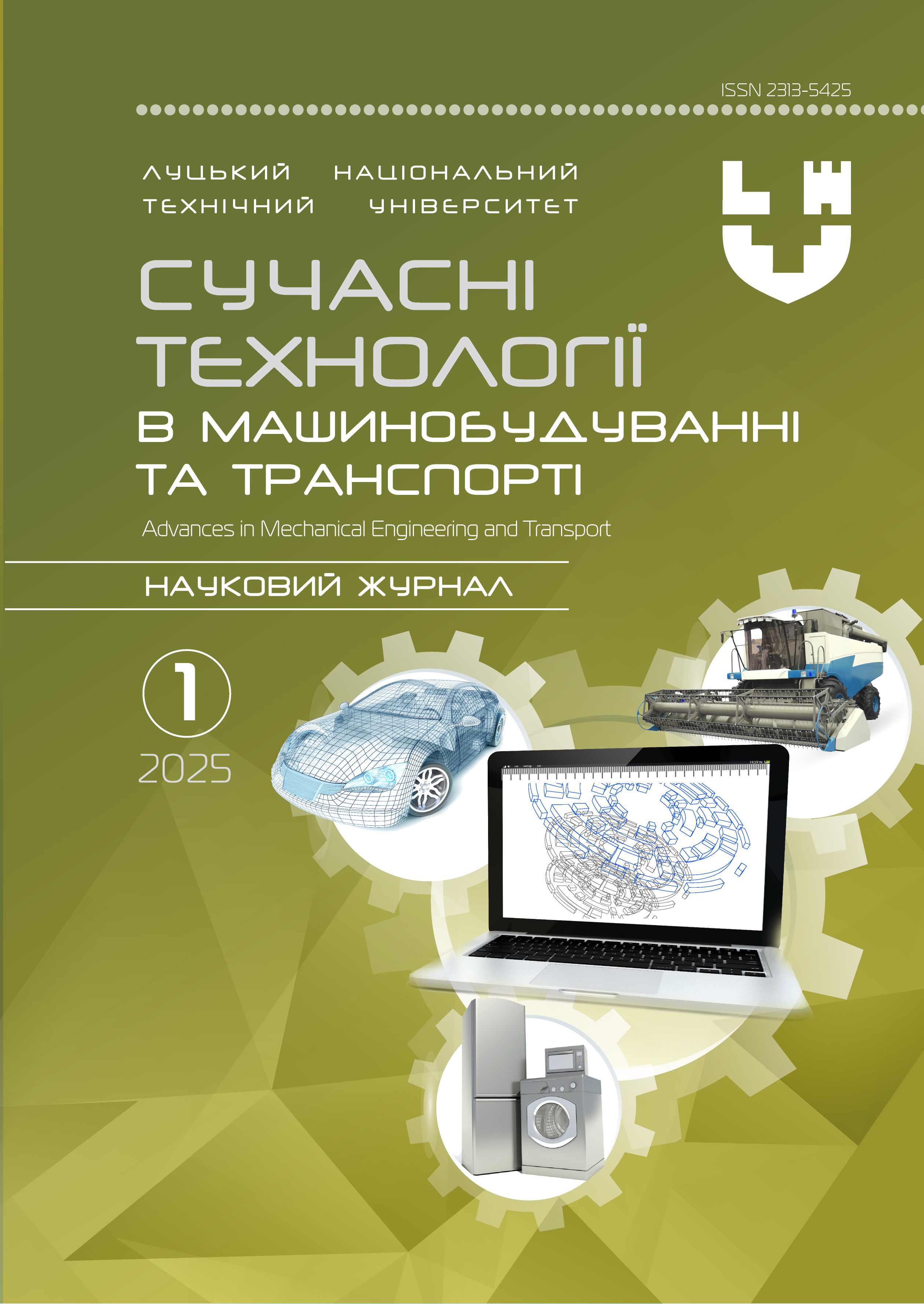To the analysis of a new method for diagnosing shock absorbers in the suspension of a car
Abstract
The most important operational properties of a car include safety, which is realized through stability, controllability, and reliability of tire contact with the road. During operation, the shock absorber parameters deteriorate with age, reducing safety and comfort. This leads to the need to periodically monitor the condition of shock absorbers using diagnostic tools. Non-disassembly diagnostics is widely used, since assembly and disassembly work is very laborious and requires the use of special equipment and qualified specialists. Bench testing using excitation of the suspension with a periodic signal has gained the overwhelming advantage. However, when testing the suspension assembly, the shock absorber testing report contains information about other suspension components, for example, about the sprung mass and the stiffness (internal pressure) of the tire. In this case, it is not the shock absorber that is tested, but the suspension. Certain diagnostic methods to one degree or another reduce the negative impact of extraneous factors during the diagnosis of shock absorbers. New methods are proposed with advantages in productivity, accuracy of diagnosis, based on the theory of dynamics of mechanical systems, spectral processing of diagnostic information. In this work, a new method is analyzed by the method of simulation modeling - the peak selection method, also called the half-power method, the Calvo method in comparison with the existing one, implemented in the design stand of the MAXA EUROSYSTEM company. The analysis was carried out according to the criteria of dependence on the sprung mass, internal tire pressure, sensitivity.
Keywords: shock absorber diagnostics, methods, modeling, analysis, accuracy, extraneous factors.




